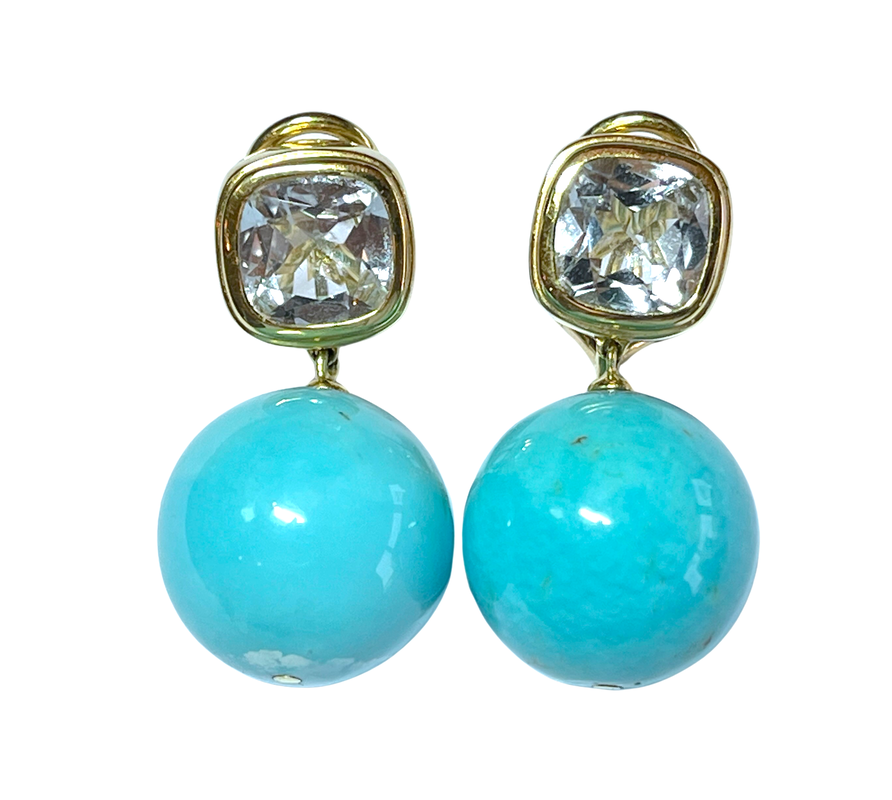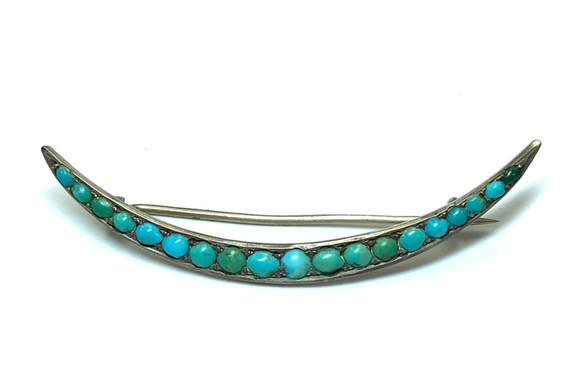TURQUOISE
|
Species: Turquoise
Mohs Hardness: 5 to 6 out of 10 Color: Light to medium blue, greenish blue to green. Sometimes mottled, and might show dark patches or veins of matrix, often slightly recessed beneath the polished surface. RI: 1.610 to 1.650 (usually a 1.61 spot reading) SR/DR/AGG: AGG Spectrum: Occasionally shows weak to medium bands at 420 and 432nm (432nm band is stronger). Might also show a weak band at 460nm. Fluorescence: Inert to weak greenish yellow under LW. Inert to SW. SG: 2.74 (+0.14 / -0.36) Routine Treatments: Waxing, Zachery treatment Additional Enhancements: Dyeing |





